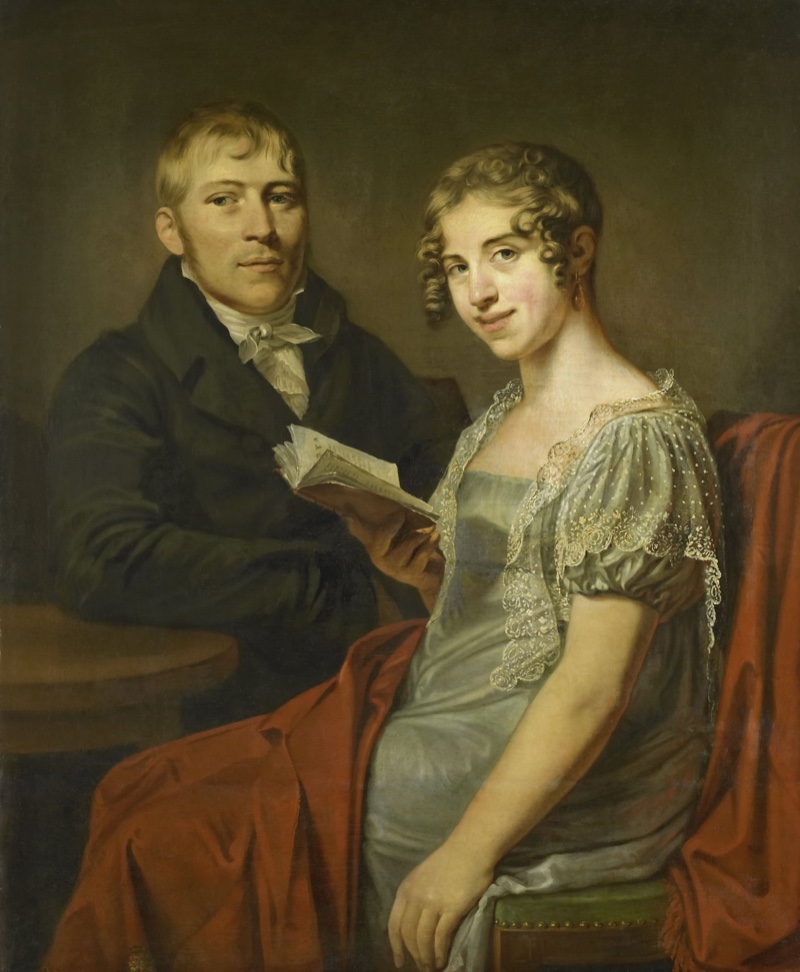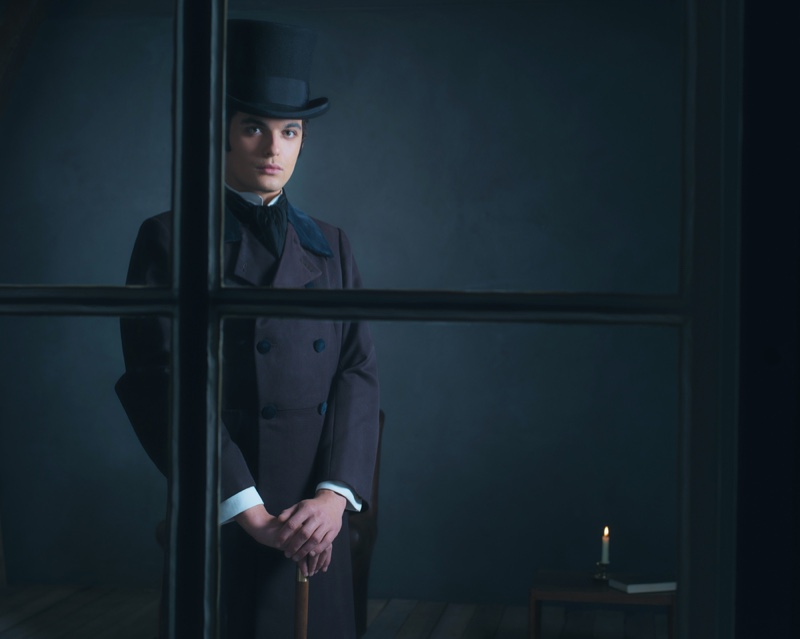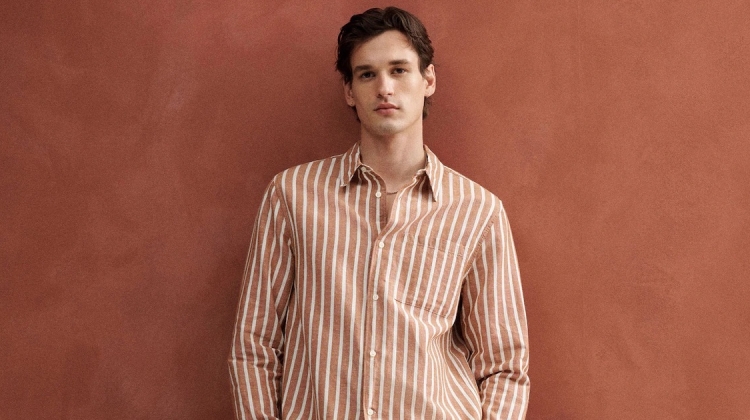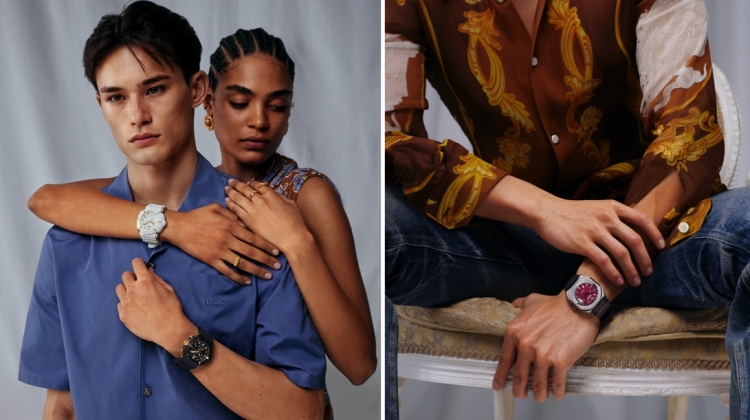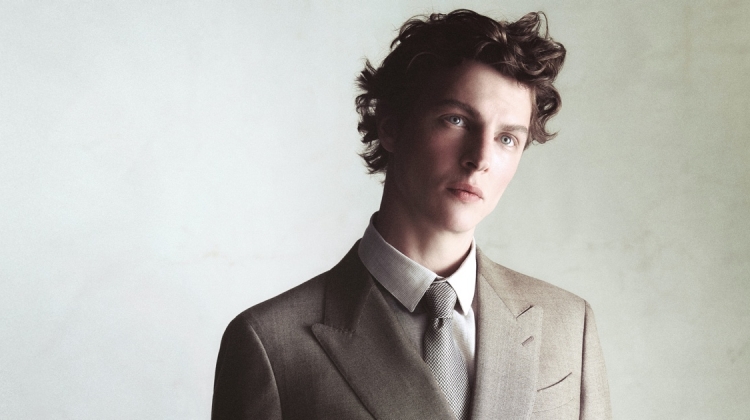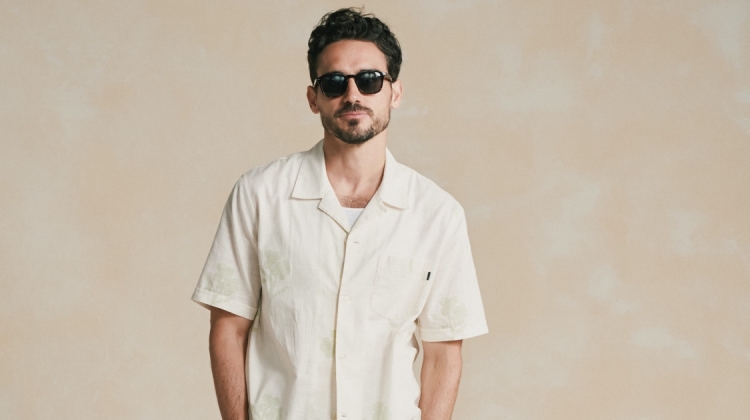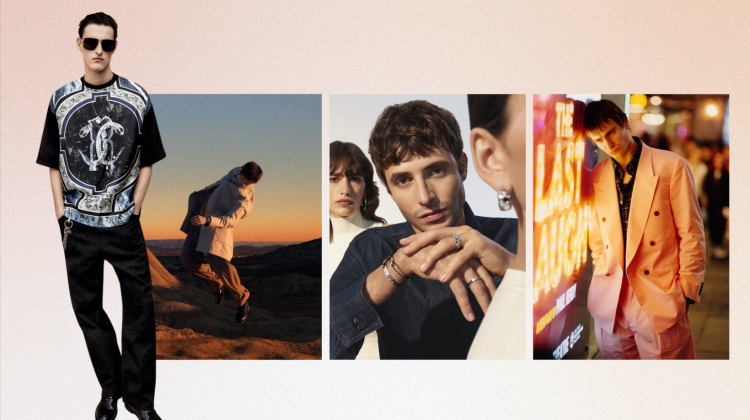The 1800s fashion era offers a fascinating glimpse into the world’s morals, politics, and events at the beginning of the nineteenth century.
The lavish and bourgeois fashions that were popular in the early to middle of the 1700s no longer exist. Instead, gowns that were considered trendy were understated and basic, with empire waistlines and flowing materials in white or pastel colors.
Men put away their powdered wigs and sported buttoned waistcoats, high-collared shirts, and tight-fitting trousers in neutral colors like black, blue, and brown.
A resurgence of interest in ancient Greek and Roman culture and the egalitarian ideas and philosophies that emerged during the Age of Enlightenment were the driving forces behind this significant shift in fashion.
To better understand the dramatic shift in style during this age, it is helpful to look back at the movements that influenced it.
Fashion Trends of the 1800s That Were Influenced by Movements
Neoclassicism
Classical antiquity saw a renaissance in popularity following the rediscovery of Pompeii’s well-preserved ruins and the importation of Greek marble sculptures into England.
The clothing worn by women in ancient Greece and Rome served as inspiration for the design of their garments, which featured draping techniques and were made of fine, white, or light-colored materials. Men’s clothes were tailored to fit closely to the body, emphasizing the masculinity of the wearer.
Period of Great Enlightenment
The world was still in disarray at the turn of the 19th century due to the French and American revolutions.
Therefore, upper-class people refused to be associated with the extravagant clothing styles favored by nobles during the 18th century. This period in history, known as The Age of Enlightenment (the 1600s-1700s), saw a shift toward progressive views that championed equality and justice.
These attitudes fostered more realistic and attainable styles intending to eradicate social class distinctions.
Following the revolution, women wore more casual dresses and frequently did not have corsets to signify the emerging values of freedom.
Conversely, men’s clothes went from being highly decorated to being more simple and functional, demonstrating their commitment to hard work and identification with the middle class.
Industrial Revolution
Colonialism and the Industrial Revolution were the driving forces behind the mass manufacture of Western fashion and its subsequent broad acceptance. As a result of trade and imperialism, the fashion scene became increasingly globalized, and the kinds of clothing worn became less regional and more global.
Slave labor was used in the United States and other areas of the world to facilitate the production of cotton and other materials, even though these materials were easier to manufacture and more economical.
Communities worldwide have kept their local clothing customs or merged their distinct regional styles into Western dress, despite abandoning and eliminating many popular traditional clothing pieces.
Fashion for Men/Women in the Early 1800s
In the early 1800s, it was not uncommon for males to wear perfume, rouged lips, bowler hats, high-heeled shoes, and jewelry.
Revolutionaries in France aspired to dress less conspicuously and extravagantly to protest the old practice of ostentatious consumption. As a result, they adopted the style known as sans-culottes, which means without breeches or stockings.
In the United States, an insult known as “silk stocking” was directed at those seen as representatives of bourgeois and aristocratic ideas. Breeches were eliminated and replaced with close-fitting ankle-buttoned trousers. Additionally, dresses with falling skirts and jackets without lapels were increasingly popular.
In the 1800s, women’s clothing included a low, squared-off cleavage and an empire waistline, which became two to three inches above the normal waistline and dipped just below the bust.
Additionally, the neckline was squared off at the bottom. The front of the skirt draped down in neat folds to the ground. The back of the gowns was typically voluminous and frequently featured a little train to assist in the creation of a beautiful draping impression.
In the 1800s, white was the color of choice for women’s clothes, especially regarding the apparel worn to formal functions. On the other hand, hues that were closer to baby pink, in addition to other pastels, were utilized rather frequently.
The dresses were made of muslin, lawn (fine cotton), or elegantly woven linen or cotton, and their structure was light and airy, which allowed them to flow freely. This is another reference to the unfettered aesthetic of classical Roman and Greek clothes.
In most cases, the length of the sleeves was kept relatively short, and they had a puffy aspect.
Summary
Ushering in the mid-19th century, 1837 marks a distinguished pivot from the earlier decades of the 1800s to its later years. Thus commencing one of history’s most compelling eras – The Victorian Age.
Not only are the fashions of the early 1800s more than simply garments, but each piece is a time capsule that speaks to its wearer’s history and heritage. Every article of clothing serves as an heirloom and provides insight into past eras. For more fashion history, see our guide to 1920s mens style.


